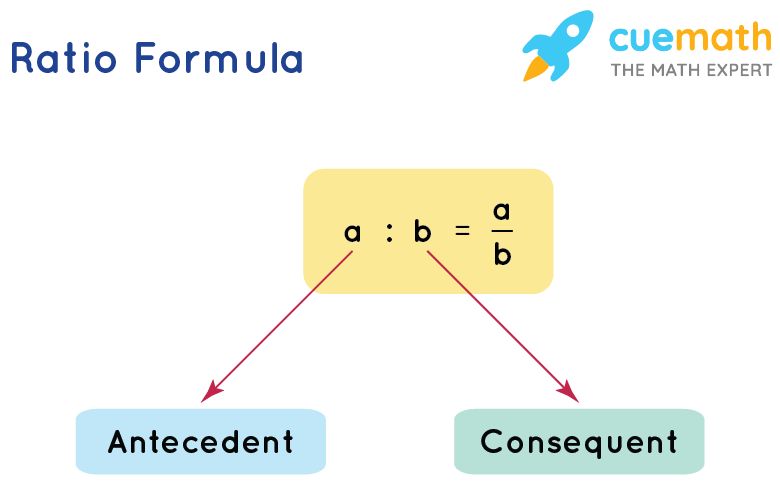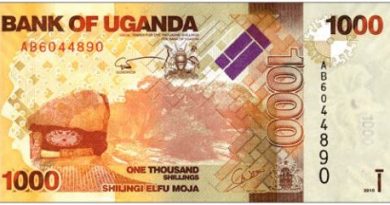Maximum Loan-to-Value Ratio Definition Formula Examples

Contents
- 1 Maximum Loan-to-Value Ratio: Definition, Formula, Examples
- 1.1 What Is a Maximum Loan-to-Value Ratio?
- 1.2 How Maximum Loan-to-Value Ratio Works
- 1.3 Calculating Maximum Loan-to-Value Ratio
- 1.4 What Is Fannie Mae?
- 1.5 What Is the Maximum Loan-to-Value Ratio on a Fannie Mae Loan?
- 1.6 What Is Freddie Mac?
- 1.7 What Is the Maximum Loan-to-Value Ratio on an FHA Loan?
- 1.8 What Is a Conventional Mortgage?
- 1.9 The Bottom Line
Maximum Loan-to-Value Ratio: Definition, Formula, Examples
What Is a Maximum Loan-to-Value Ratio?
A loan-to-value ratio (LTV) compares a loan to the value of the property it is being used to purchase. A maximum loan-to-value ratio is the highest LTV a lender is willing to accept. In mortgage lending, the higher the loan-to-value ratio, the larger the percentage of a home’s purchase price being financed through borrowing. Since the home serves as collateral, lenders use the loan-to-value ratio to measure the risk they are taking.
Key Takeaways
- A loan-to-value ratios compare a loan, such as a mortgage, to the value of the property being purchased.
- Lenders use the loan-to-value ratio to measure the risk involved in a loan.
- The maximum loan-to-value ratio is the largest percentage accepted by a lender.
- A larger down payment reduces the loan-to-value ratio.
- Down payment requirements vary by lender and loan program.
How Maximum Loan-to-Value Ratio Works
Lenders set maximum loan-to-value ratios to ensure they can recover their money if the borrower defaults and their collateral is seized and sold. The lower the loan-to-value ratio, the less risk the lender assumes. Maximum loan-to-value ratios are used with many types of loans, particularly home mortgages and auto loans.
Some home loan programs for low- to moderate-income and first-time homebuyers allow for high maximum loan-to-value ratios. These loans, offered by private lenders, are sponsored and subsidized by state and local governments, the Federal Housing Administration (FHA), and the Veterans Administration. Their guarantees reduce the lender’s financial risk.
The maximum loan-to-value ratio a lender accepts can vary from borrower to borrower based on factors such as credit profile and ease of collateral sale in case of default.
Upfront fees on Fannie Mae and Freddie Mac home loans changed in May 2023. Fees increased for homebuyers with higher credit scores (740 or higher) and decreased for those with lower credit scores. Down payment also affects fees. The higher the down payment, the lower the fees, depending on the credit score. Fannie Mae provides the Loan-Level Price Adjustments on its website.
Calculating Maximum Loan-to-Value Ratio
Lenders rarely offer loans that cover 100% of the purchase price of a home or asset. Borrowers are required to make a cash down payment. Government-subsidized mortgages may require as low as 3% down payment. Other lenders require higher down payments, such as 10%, 15%, or 20%. Historically, 20% was the common standard.
Calculating a loan-to-value ratio is straightforward. You divide the loan amount by the asset’s purchase price.
For example, to buy a $200,000 home with a 20% down payment ($40,000), you would need to borrow the remaining $160,000. In this case, the loan-to-value ratio would be 0.80 (160,000 divided by 200,000), or 80%.
In contrast, buying the same home with a 3% down payment through a Fannie Mae loan would require a down payment of $6,000, and the mortgage would cover the remaining $194,000. Here, the loan-to-value ratio would be 0.97 (194,000 divided by 200,000), or 97%.
If you make a down payment of less than 20% on a conventional mortgage, the lender will usually require you to purchase private mortgage insurance (PMI). PMI provides the lender with additional protection in case of default. You can request to cancel PMI once the equity in your home exceeds 20% of the purchase price.
The cost of PMI varies based on the mortgage’s loan-to-value ratio, borrower’s creditworthiness, and other factors. According to the Federal Home Loan Mortgage Corporation (Freddie Mac), it typically ranges between $30 and $150 per month for every $100,000 borrowed.
FHA and USDA loans may also have mortgage insurance requirements.
What Is Fannie Mae?
Fannie Mae, formally known as the Federal National Mortgage Association, is a government-sponsored enterprise that purchases mortgages from lenders, freeing up more money for them to issue new mortgages. Fannie Mae bundles those mortgages into mortgage-backed securities, which it sells to investors.
What Is the Maximum Loan-to-Value Ratio on a Fannie Mae Loan?
The minimum down payment on a Fannie Mae loan can be as low as 3%, resulting in a maximum loan-to-value ratio of 97%.
What Is Freddie Mac?
Freddie Mac is a government-sponsored enterprise similar to Fannie Mae. The key difference is that Freddie Mac tends to buy loans from smaller banks. As with Fannie Mae, the down payment on a Freddie Mac loan can be as low as 3%.
What Is the Maximum Loan-to-Value Ratio on an FHA Loan?
The minimum down payment on an FHA loan is 3.5%, resulting in a maximum loan-to-value ratio of 96.5%.
What Is a Conventional Mortgage?
A conventional mortgage is offered by private lenders and is not government-subsidized. It can be conforming, meeting Fannie Mae and Freddie Mac requirements and eligible for repurchase, or nonconforming, such as jumbo loans exceeding Fannie Mae and Freddie Mac limits.
The Bottom Line
The maximum loan-to-value ratio on a mortgage can vary widely between lenders and loan programs. When shopping for a mortgage, compare loans based on the size of your down payment, interest rates, fees, monthly payments, and the potential cost of PMI.



